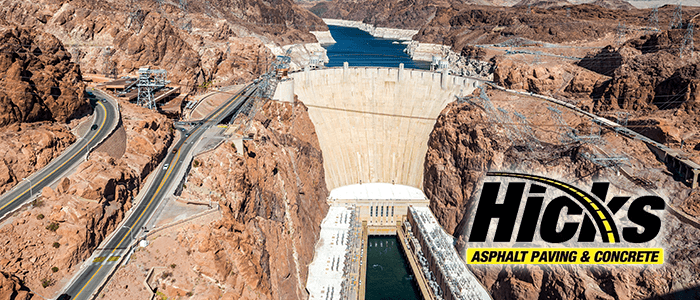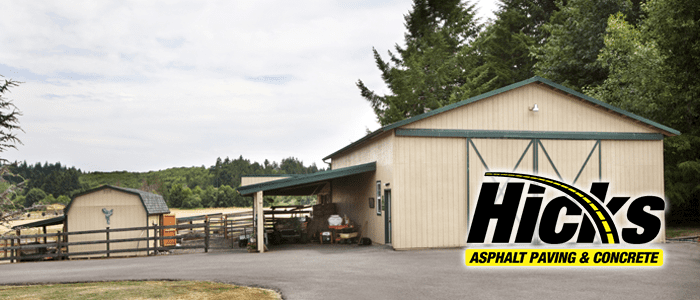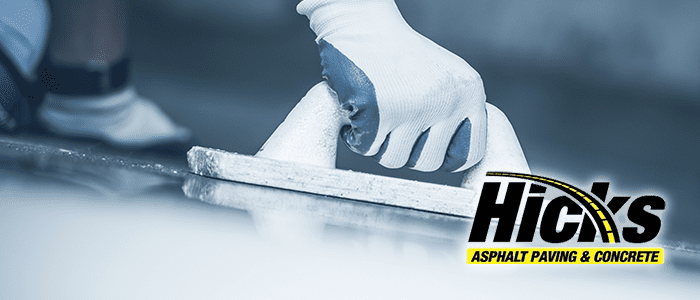The Hoover Dam is one of the greatest American structures built. It was built during the early years of the 20th century. The demand for water and electricity was raging. There was also a series of floods caused by the Colorado River proving that it needed to be dammed and controlled.
The Hoover Dam was originally supposed to be in Boulder canyon, but, unfortunately, the location was right on top of a seismic fault line, which gave the project its first name, Boulder Dam. In 1922, the U.S. Reclamation Service decided on Black Canyon as the ideal location. It spans an area between Arizona and Nevada. This is located in about 30 miles southeast of Las Vegas, Nevada.
The Hoover Dam is 726.4 feet tall from foundation rock to the roadway crest of the dam. The towers on the top rise 40 feet taller than the crest of the dam. It weighs more than 6,600,000 tons. It is a concrete arch-gravity type dam. This means the water is carried by gravity and the horizontal arch shape.
Coming Together
A group of six companies came together to create Six Companies Inc. These companies included a consortium of several companies: Morrison-Knudsen Co., Utah Construction Co., J.F. Shea Co., Pacific Bridge Co., Macdonald & Khan Ltd. And a joint venture of W.A. Bechtel Co., Henry J Kaiser, and Warren Brothers. The Dam costs around $49 million. That is equivalent to $860 million today.
During construction, there was an influx of people rushing to the area. This was during the Great Depression so jobs were very scarce. Due to the influx of people, Boulder City didn’t have enough space to house everyone. People were living in makeshift tents and jerry-rigged dwellings next to the canyon. Railroad lines were built, so were highways, a construction camp, a gravel-screening plant, concrete mixing plants, a plate steel fabricating plant and much more.
Re-Routing
The first thing that needed to be done was diverting the river. There were three miles of diversion tunnels dug on either side of the river and huge berms or ‘cofferdams” were built above and below the sight. These tunnels were 56 feet in diameter. Their combined length was more than 16,000 feet. Gantry cranes on rails running the entire length of each tunnel used to place the concrete. Movable sections of steel forms were used for the sidewalls. The concrete lining is three feet thick. The finished tunnel diameter was 50 feet.
Pouring The Concrete
In June of 1933, the pouring of the concrete began. If it would have been all poured at once, it would have taken 125 years for it to dry and it would have collapsed. The concrete was poured in discrete rectangular plots called lifts. They were then cooled with pipes filled with ice-cold water. In May 1935, approximately 3.25 million cubic yards of concrete had been used. That is enough to pave a highway from New York to San Francisco.
The horizontal arch shape was chosen because it would divert the crushing pressure of the water reservoir to the abutting canyon walls. The workers had to scale the canyon walls to get rid of any loose rocks because they were a serious hazard. The workers dipped their hats in tar and let it harden, creating the first hard hat.
The Final Product
In twenty-one months, 5,000 men had built a structure greater in volume than the largest pyramid in Egypt. According to Herodotus, it took 100,000 men working twenty years straight to complete that. This shows how much the construction industry has grown and improved.





